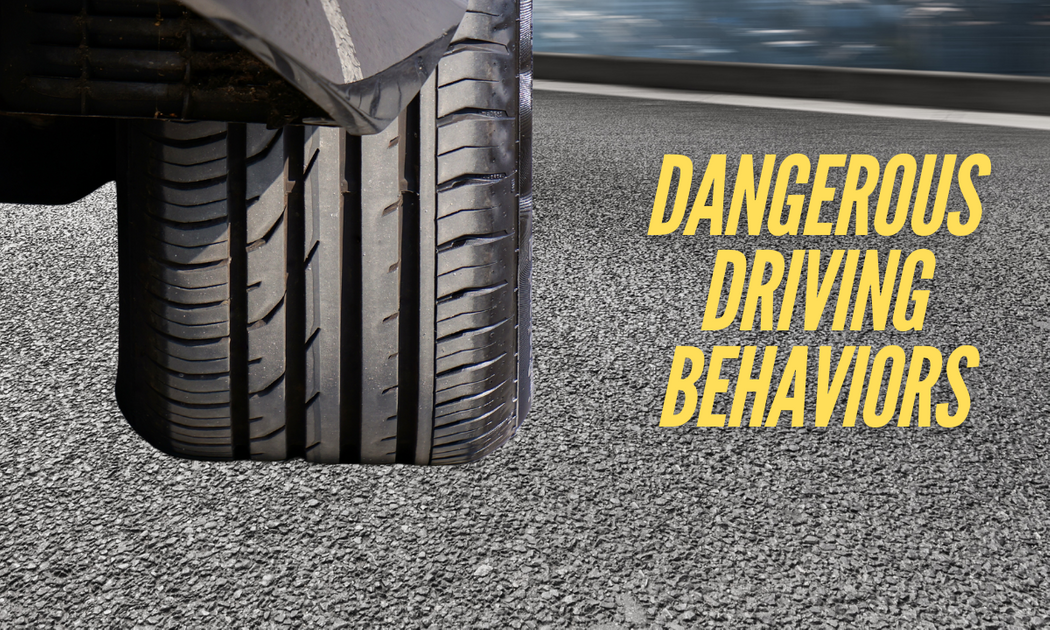Many drivers admitted to practicing dangerous behaviors at least once in the previous 30 days, presenting an opportunity for commercial fleet managers to urge their drivers to consider the risks behind their behaviors.
The AAA Foundation for Traffic Safety’s is highlighting drivers’ riskiest self-reported behaviors in its annual Traffic Safety Culture Index survey.
Speeding, distracted driving, and aggressive driving topped the list as the most prevalent dangerous habits. Drivers who categorized themselves as displaying the most dangerous behaviors are also among those who use the roadways the most.
The survey asked drivers about their perceived level of danger for various driving behaviors. Most drivers said unsafe driving behaviors are very or extremely dangerous.
Still, many admitted to doing these dangerous behaviors at least once in the previous 30 days. This presents an opportunity for commercial fleet managers to urge their drivers to consider the risks behind their behaviors.
“Behind every deadly statistic is a real person,” AAA Foundation President and Executive Director Dr. David Yang said. “This work helps us uncover the public’s perspective on traffic safety, enabling the creation of targeted solutions that make a real difference in reducing traffic crashes and fatalities.”
The Safest vs. the Most Dangerous Drivers
The survey identified five distinct driver profiles, including:
- Safe Drivers: Rarely engage in risky behaviors – 34.9%
- Speeding Drivers: Primarily engage in all distracted driving behaviors – 19%
- Distracted Drivers: Primarily engage in speeding behaviors – 32.6%
- Distracted & Aggressive: Engage in distracted and aggressive driving – 11%
- Most Dangerous: Engage in all risky driving behaviors – 2.5%
Safe Drivers admitted to driving less, while Most Dangerous Drivers, who admit to speeding, distracted, and impaired behaviors, logged more miles on the road.
Additionally, the Most Dangerous drivers often used older vehicles with fewer safety features.
Safe Drivers condemned risky driving behaviors, but other profiles seemed more indifferent to the dangers, the survey found.
Indifference to Dangerous Driving Habits?
One way in which the two driver profiles were similar was in their disregard for the potential consequences of their actions.
While the vast majority (93%) of drivers recognize the dangers of texting, emailing, and reading while driving, many of them still reported using their phones behind the wheel.
Just over one-quarter of drivers admitted to sending a text or email, 37% of them said they read a text or email, and 36% reported they held or talked on the phone while driving in the last 30 days.
Most drivers (89%) perceive aggressive driving and running red lights (81%) as dangerous. Still, 27% of them ran at least one red light in the previous 30 days.
Nearly half (49%) admitted to driving 15 mph over the posted speed limit on a freeway at least once in the past 30 days.
Over a third of drivers reported driving 10 mph over the posted speed limit on a residential street.
Most drivers (96%) recognize the dangers of drowsy driving. However, 20% of them admitted to driving while drowsy in the previous 30 days.
Drivers overwhelmingly agree that drunk driving is dangerous and socially unacceptable, yet 7% admitted engaging in this behavior in the past month.
By comparison, only 70% of drivers felt driving within an hour of using cannabis to be very or extremely dangerous. A total of 6% reported having done it in the previous 30 days.
Using Technology to Combat Dangerous Driving
New and emerging technology can aid in curbing these behaviors.
Cell phone blocking tools can restrict phone usage among fleet drivers while they’re behind the wheel.
Fleet managers can assist in slowing drivers down by making use of speed limiting technology.
Impaired driving prevention technology can also make a huge impact.
Earlier this year, NHTSA released an advanced notice of proposed rulemaking that would allow safety regulators to gather information to develop requirements for advanced drunk and impaired driving prevention technology.
“It’s time to work smarter with the resources we have to save lives,” AAA Director of Traffic Safety Advocacy Jake Nelson said.

